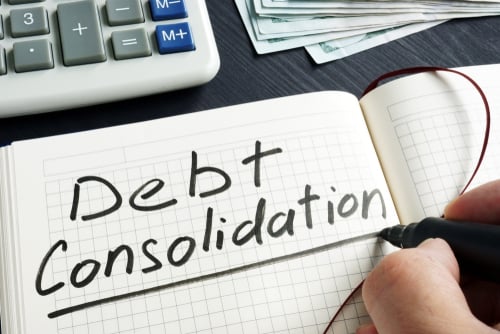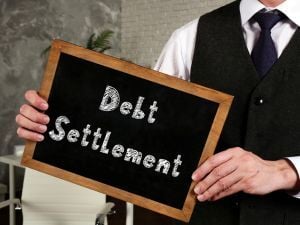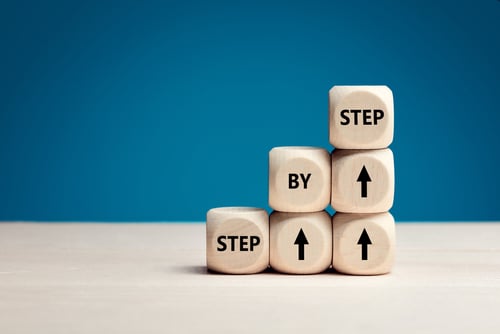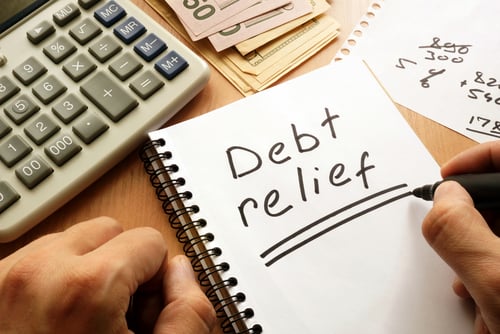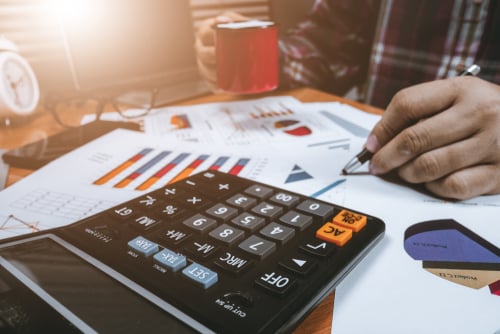Become Debt Free in 2020 – Plan Ahead
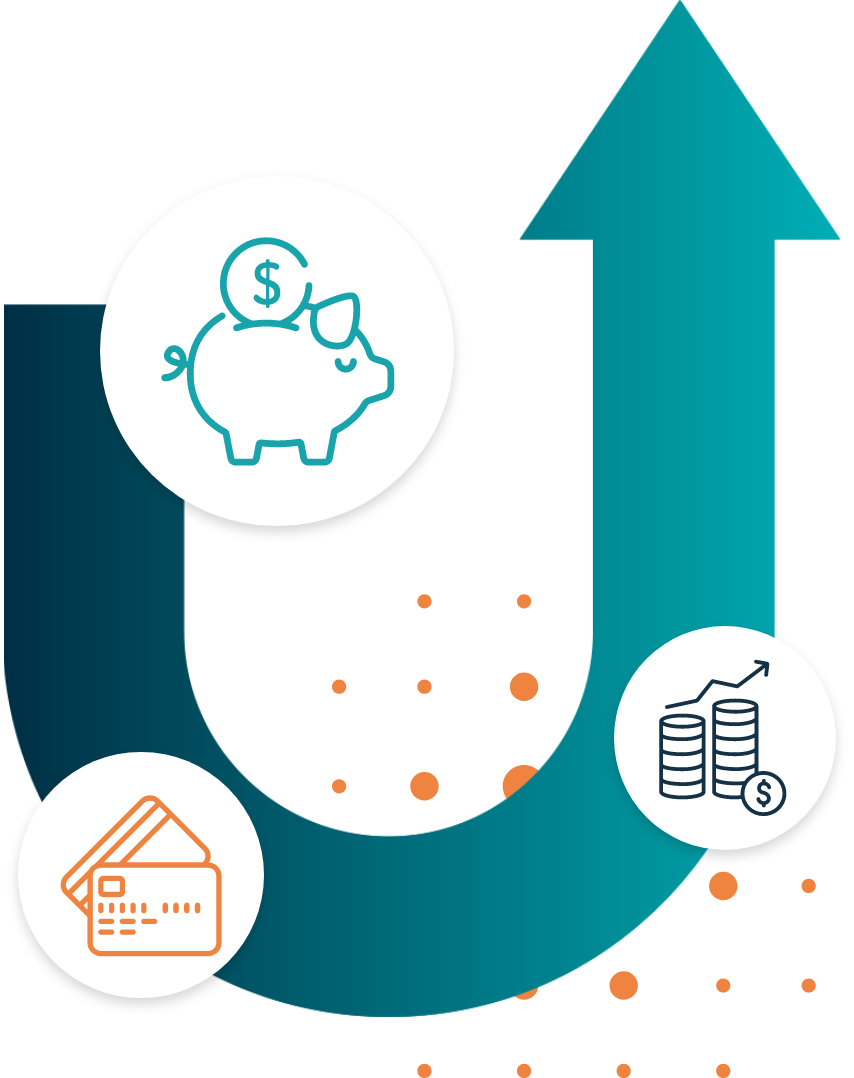
Take Inventory
The first step toward getting your personal financial situation in order is to ask yourself a series of questions and to develop some written financial goals. What are your goals? Do you want to make more money?
Pay down more debt? Become Debt Free? Reduce expenses? Save for an emergency fund? Save more for retirement? Are you on track toward reaching these financial goals over the next eighteen months? What elements of your personal financial situation have changed in the past year? How have your income, expenses, debt, savings and investments changed?
These are all important questions that bear reflecting upon. But perhaps the most important question is this: Are you adhering to a written monthly budget successfully and in the process of paying off debt (and contributing to savings) with 20% or more of your monthly disposable income each month?
ABC
Have a Written Monthly Budget
If you are serious about becoming debt free within eighteen months, you must start with a written monthly budget that is manageable and easy to live with. This means you must get clear on all sources of income and expenses and itemize them clearly, written down on paper, so that you know exactly how you stand with your current monthly inflows and outflows.
It is your monthly take-home after-tax disposable income that matters first. This is the figure from which you must deduct all expenses each month, and it is therefore important to get clear on all of your expenses – both fixed and variable – and to be as accurate as possible.
The 50/30/20 Budget
The 50/30/20 budget is a good place to start. In this budgeting framework, 50% of your take-home pay gets allocated to necessities, 30% to “wants” and 20% to savings and debt repayment. Necessities include things like housing, food, transportation, auto insurance and utility bills.
Among these, certain categories such as housing, car payment, auto insurance, internet, and cell phone bills are somewhat fixed and can show identical amounts month after month. Other expenses, including utility bills such as those for electricity, heating and water are variable and may fluctuate seasonally.
These require more digging to arrive at a proper accounting through a minimum of six months (ideally twelve) of payment records to calculate averages. Consult your account payment history on utility company websites to arrive at an accurate figure for these expenses in your budget. Your comprehensive list of expenses needs an accurate monthly figure next to each individual expense.
Here is where the 50/30/20 rule comes into play. Drawing a clear line between necessities and wants is important here, as is automating the debt repayment and savings of 20%. If necessities extend beyond 50% of after-tax income, the shortfall hit goes to “wants” – not to debt repayment and savings.


How To Become Debt Free
The 50/30/20 budget dictates that 20% of after-tax income be allocated toward debt repayment. But what if we can bump this higher to 30%? What if we reduce our “wants,” for the next eighteen months – eat fewer restaurant meals, stay home with Netflix, family and friends – instead of expensive nights out for entertainment, and buy quality used clothing at thrift stores instead of new name-brand items at department stores?
What if for the next eighteen months we live somewhat frugally and develop a habit of minimalism, that less is more, while practicing gratitude – reminding ourselves of everything we already have, and that what we have is enough?
If we do this while bumping our debt repayment percentage to 30% (while dropping the “wants” to 20%), we will effectively be paying off our debt at a rate that is 50% faster! You can now pay the equivalent amount of debt down in eighteen months that otherwise would have taken twenty-seven months!
Use Savings to Pay Off Debt
Other strategies to consider may involve taking some money from savings to pay down high interest rate credit card debt. Though it is important to have some savings – particularly an emergency fund (three to six months or more of expenses in the event of job loss or unexpected medical emergency) the prevailing low-interest rate environment dictates that interest earnings from savings will be minimal and far less than the cost of carrying high-interest rate debt.
Therefore, it does make sense, if possible, to reallocate some money away from savings toward debt repayment. If you already have a good track record of debt repayment, you should also call your various creditors and attempt to negotiate a lower interest rate. Emphasize the length of your relationship, solid payment history and the fact that your account remains in good standing.
Every lower percentage point that gets shaved off of the interest rate will translate into interest expense saved over the course of the next eighteen months, and the dollar savings will add up, making it easier for you to become debt free by the end of 2020.

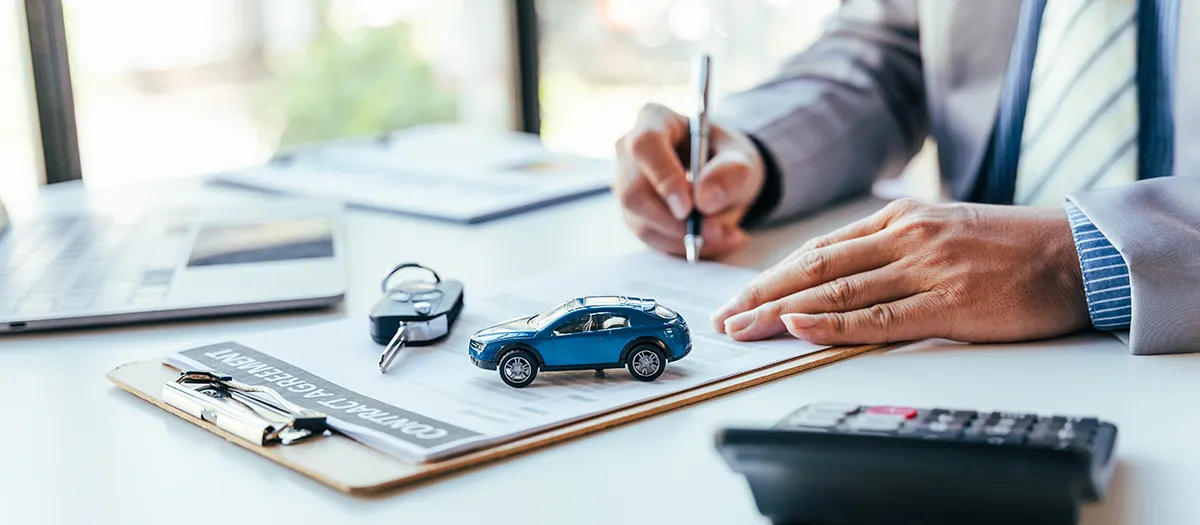
Additional Strategies to Reduce Debt
How about using that tax refund check to pay down some debt in one fell swoop? Instead of splurging the entire refund on “wants,” use part or all of it to pay off debt that will reduce your monthly payments for the rest of the year while lightening your debt load closer toward a debt-free lifestyle.
Meantime, if you can take advantage of a zero or low-interest rate promotional credit card balance transfer for twelve to eighteen months, by all means do so. This will lighten your interest expense in the coming year, thereby improving your cash flow that can be used to pay down debt principal on other credit cards. Just be certain to remain aware of when the low-interest rate promotional period expires.
You should also be looking for additional ways to raise cash. Selling extra household items, electronics and clothing on eBay, OfferUp, Poshmark, Facebook Marketplace and Craig’s List can bring in a steady stream of cash flow that can be utilized for paying down debt. There’s also no harm in considering an additional part-time job in the retail or service industry that can easily bring in an extra thousand dollars or more each month.
Finally, be aware of any statute of limitations in your state as they pertain to paying off what have become old debts. Some states will not allow a debt collector to pursue collections on debts after a certain period of time, so if you are paying off debts that are seven to ten years old, or even older – find out whether your state’s statute of limitations on old debt has passed and whether you can actually stop repayment on what has become an expired debt.
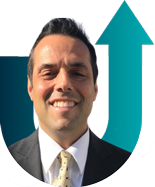
About The Author: Steven Brachman
Steven Brachman is the lead content provider for UnitedSettlement.com. A graduate of the University of Michigan with a B.A. in Economics, Steven spent several years as a registered representative in the securities industry before moving on to equity research and trading. He is also an experienced test-prep professional and admissions consultant to aspiring graduate business school students. In his spare time, Steven enjoys writing, reading, travel, music and fantasy sports.
Get Debt Relief
Speak with licensed debt specialists dedicated to guiding you toward financial stability every step of the way.

Ready To Get Started?
See if you qualify for debt relief. Get a Free savings estimate to see how quickly you can be debt free.
Embrace financial freedom with our tailored solutions, expert guidance, and unwavering commitment to your success.
Experienced Professionals
Our experienced team has helped thousands of clients successfully eliminate debt and regain financial freedom.
Customized Solutions
We know every financial situation is different, so we design personalized debt relief plans to fit your specific needs and goals.
High Success Rate
Our proven debt relief strategies deliver real results. With a strong track record of success, we help clients achieve lasting financial stability.
Confidential Consultation
Your privacy is our priority. All debt relief consultations are 100% confidential and handled with the highest level of discretion.
Explore other blogs
